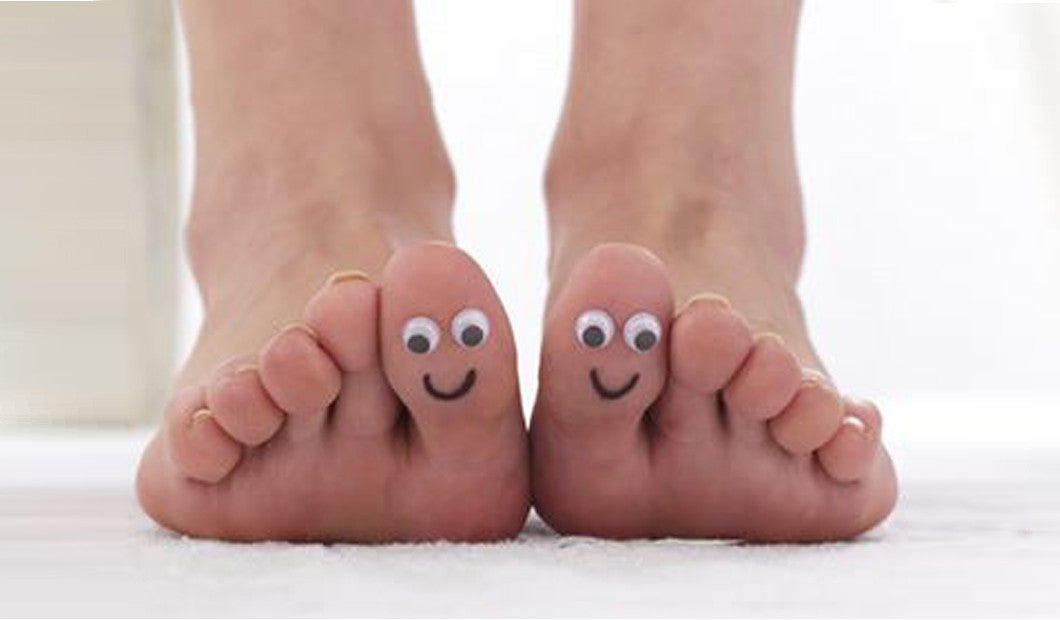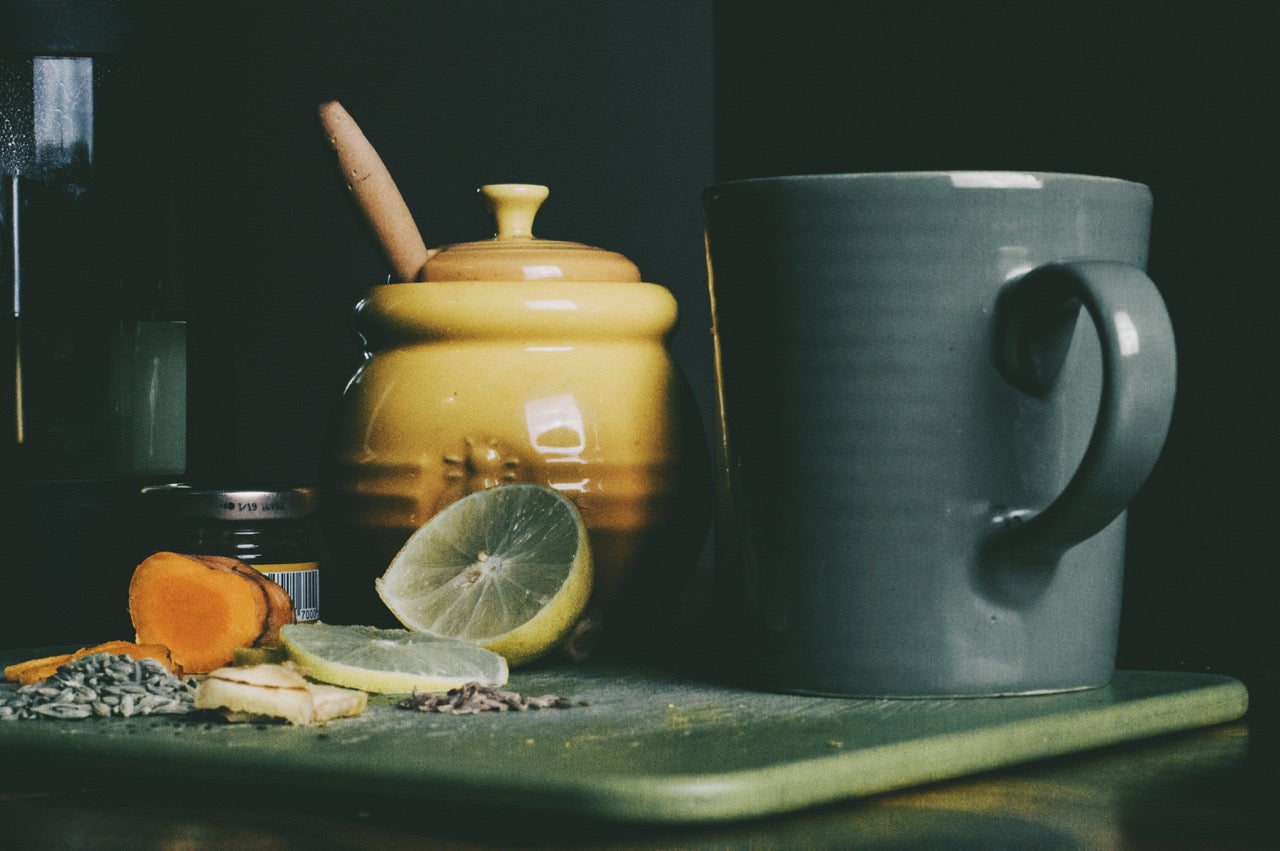The Magic Ratio that leads to happiness during the holidays with family

At Therafit Shoe, Thanksgiving is our favorite holiday of the year - food, family, and lots of gratitude. We love our families, but somehow they're the ones who really know how to push our buttons. So when it comes to relationships and happiness, the folks over at Barking Up The Wrong Tree had an interesting question - How much happiness does it take to make up for the sadness in life?
The answer: A ratio of 3 to 1.
Psychologist Barbara Frederickson is an expert on "flourishing" and has been an advocate of finding ways to bring more positive emotions into our lives. She discovered a critical 3 to 1 ratio through her research, indicating that we need to have three positive emotions for every negative one in order to thrive.
And:
“Frederickson has found out that if we really want to prosper, we shouldn’t try to eliminate negative emotions, rather, we should work on keeping the ratio at three positive for every one negative. Most of us, she has found, have two positive experiences for every negative. This gets us by, but it is effectively languishing.”
So... how many people are at 3 to 1? Around 20%.
Frederickson and her research partner Marcial Losada pinpointed such “flourishing” mental health in 45 people from a survey of 188 university students. Forty-five out of 188 (23 percent) may seem very few, but several surveys have shown that only about 20 percent of Americans are flourishing in this sense.
While 3 to 1 keeps you happy, 5 to 1 keeps relationships smooth.
It turned out that the fifteen high-performance teams they did their research on averaged 5.6 positive interactions for every negative one. The nineteen low-performance teams racked up a positive/negative ratio of just .363. That is, they had about three negative interactions for every positive one…
And:
“What’s even scarier is that Losada’s five-to-one ratio also appears to be essential when you get home and try to muster the energy for a successful marriage. John Gottmann at the University of Washington has found that couples with a ratio of fewer than five positive interactions for every negative one are destined for divorce.”
This may be hard-wired. It’s seen in other primates:
“Curiously, the magic number also seems to have a close parallel in the ratio of positive behaviors…and negative behaviors…among monkeys and apes. Thus the five-to-one ratio begins to look suspiciously like a basic primate need.”
The specific ratio for different relationships varies, with the overall pattern indicating the more distant the relationship, the more good you need for every bad. A full chart is here.
Just as well we’ve also seen in the past that it usually benefits us more to focus on increasing the good vs trying to eliminate the bad.
With friends:
“The best way to maximize happiness when having meals with friends is for one person to take a turn each time paying for everyone’s dinner. It’s a big hit but it results in many more “free” meals for everyone, boosting happiness.”
In relationships:
“Divorce may have less to do with an increase in conflict and more to do with a decrease in positive feelings. It’s a better strategy for couples to increase fun moments together rather than trying to eliminate the bad times.”
Improving yourself:
“As Pete Drucker said: “In identifying opportunities for improvement, don’t waste time cultivating skill areas where you have little competence. Instead, concentrate on—and build on—your strengths.”
When it comes to happiness, frequency beats intensity.
Make Your Whole Body Happy this weekend, and stay happy!



